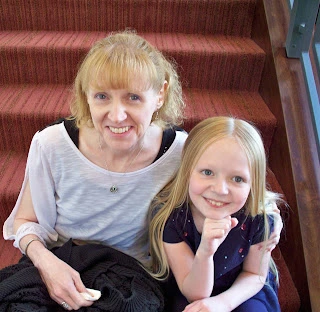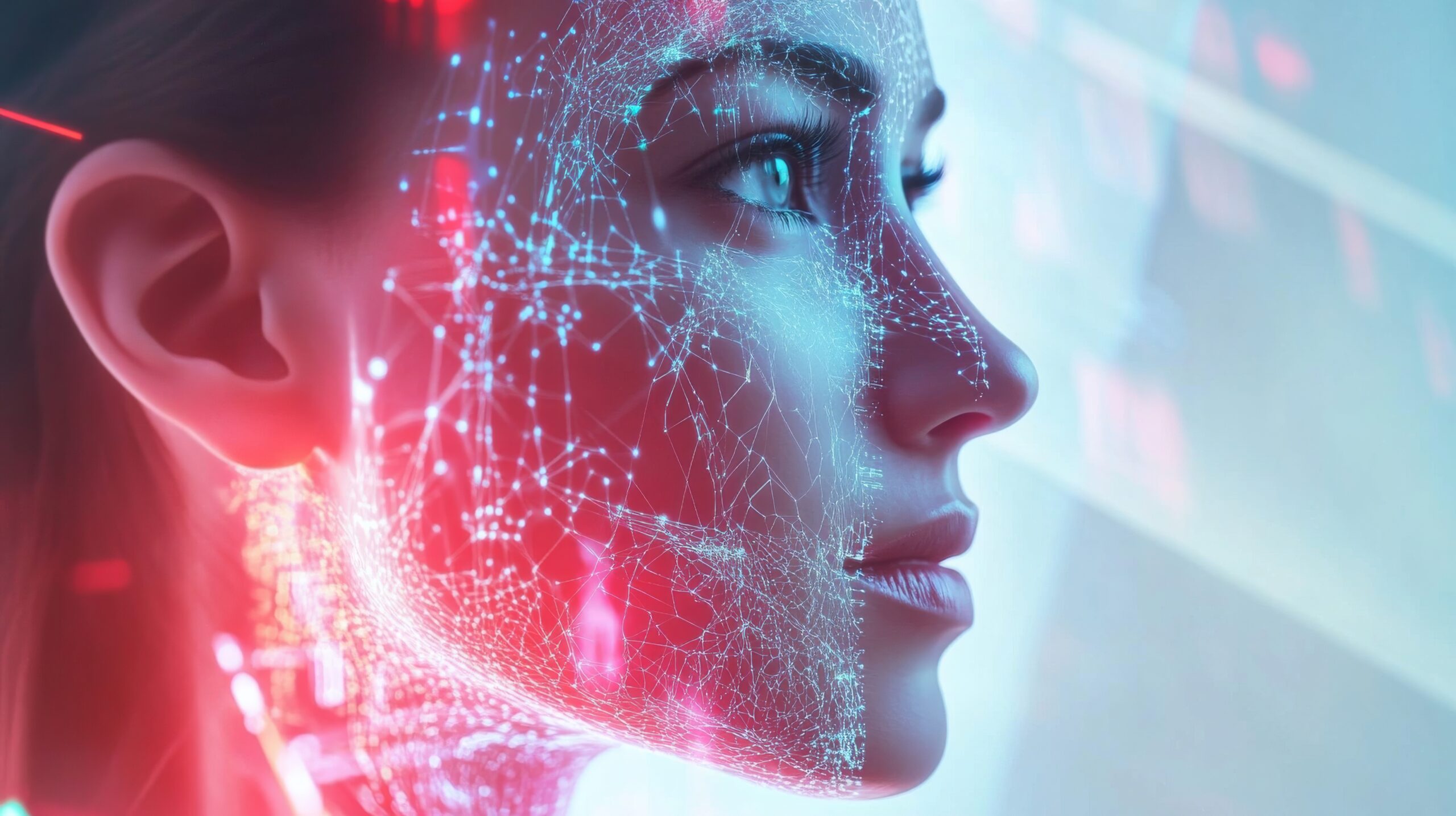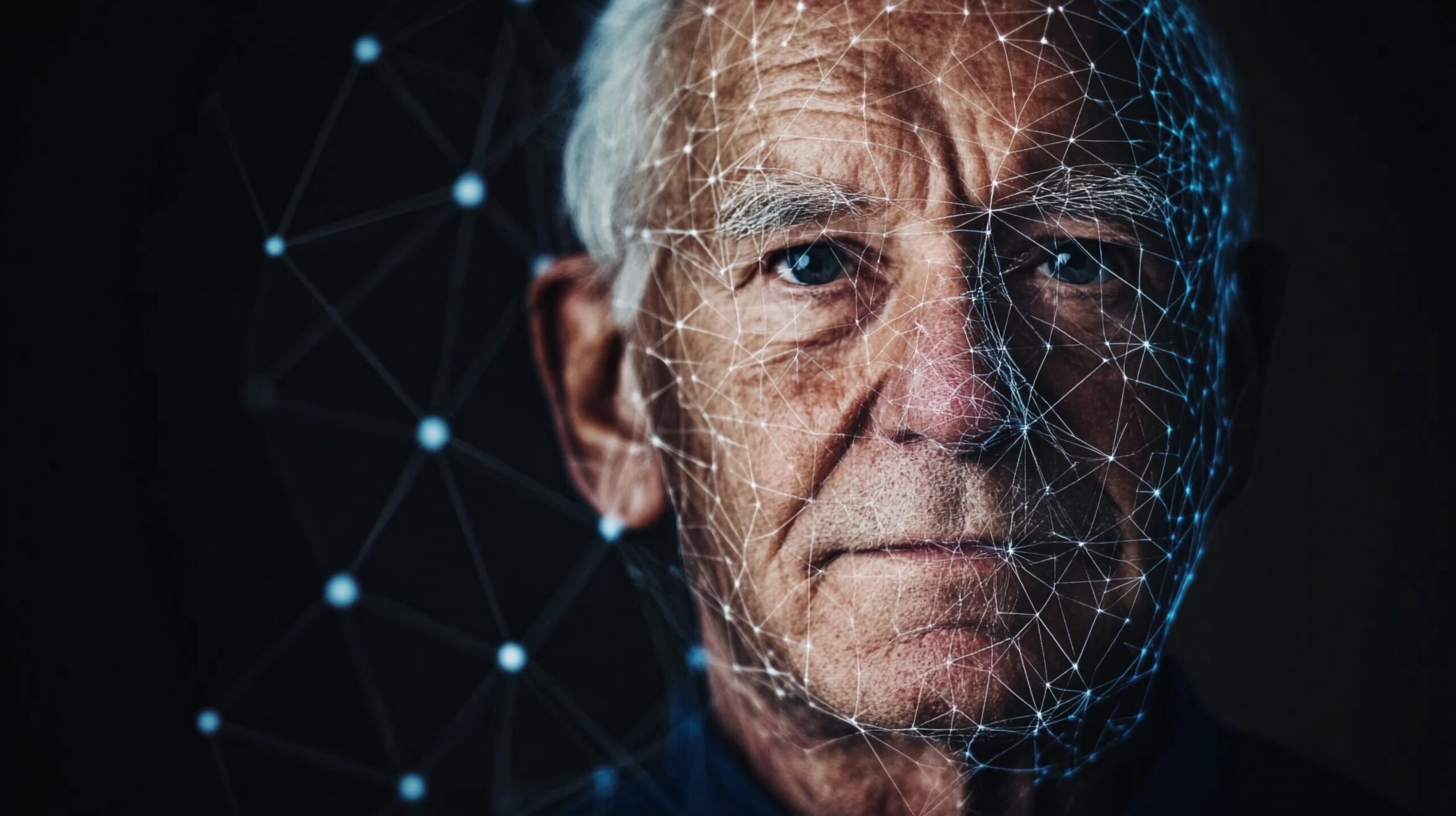Not Your Daughter’s Femtech: How Smart Wearables Are Redefining Hormone Health and Aging
Precision tech decoding perimenopause in real time. The future of women’s health isn’t coming. It’s already tracking.

Femtech began with ovulation tracking and fertility forecasts—tools built for conception, framed in pink, and optimized for reproduction. But there’s a shift happening just beneath the skin, and it’s not about babies. It’s about biological intelligence in midlife. It’s about women who aren’t trying to start a family, but trying to understand the new rhythm of their bodies as they enter perimenopause, menopause, and beyond.
This is not your daughter’s femtech. It’s a new genre. A rebellion dressed as innovation. And it’s led by wearables that don’t care about your fertility window—but care deeply about your hormones.
The quiet, often chaotic phase of perimenopause affects millions of women starting as early as their mid-30s. Yet, for decades, it has been a blind spot in both medicine and technology. Until now. A new class of wearable devices—like the minimalist, data-driven Peri—is rising with a singular mission: to help women map, decode, and navigate hormonal transitions in real time. These aren’t lifestyle accessories. They are physiological translators.
Instead of centering fertility, these wearables track the core biomarkers that signal the hormone shifts underneath your mood swings, sleep disturbances, night sweats, anxiety spikes, and brain fog. Skin temperature variability, heart rate changes, cortisol patterns, sleep fragmentation, emotional volatility—all become data points in a living map of hormonal flux. The device doesn’t simply tell you what’s happening—it tells you why it’s happening.
That insomnia? Could be a progesterone crash. That 4 p.m. meltdown? Possibly an estrogen dip. The power here is not just in diagnosis—it’s in recognition. And in a society that has long dismissed the physical and emotional symptoms of women in midlife, recognition is nothing short of revolutionary.
What makes this moment so electric is that the technology is finally catching up to the complexity of women’s biology. And more importantly, it’s shifting away from the narrow, patronizing assumption that a woman’s health peaks during her childbearing years. Femtech is growing up. And it’s bringing with it a new kind of body literacy—one rooted in data, designed for autonomy, and built to serve the decades we’ve been told to just endure.
Wearables for hormonal health are not about turning back time. They’re about turning on awareness. Instead of being gaslit into silence or prescribed SSRIs for symptoms no one explains, women are starting to see the biological story written in their own data. This is the future of preventive care: not waiting until bone loss, cognitive decline, or burnout takes hold, but acting early—because the signs were there, captured by your own body’s dashboard.
This is about sovereignty. A woman in tune with her changing hormonal architecture is a woman harder to dismiss. And that matters, not just in the clinic, but in life.
The new wave of femtech doesn’t come wrapped in flowered packaging or faux-empowerment slogans. It comes in sleek bands, discrete sensors, and adaptive platforms that sync with digital therapeutics. It’s designed to coach—not control. To inform—not infantilize. It doesn’t treat aging as decline. It treats it as transformation—one that deserves as much technical precision and biological respect as puberty, pregnancy, or peak performance.
This tech isn’t loud. But its impact is. It’s quietly redefining how we approach healthspan, energy, cognition, metabolism, and mood across the hormonal lifespan. And it’s opening the door to a world where women can track not just their cycles, but their evolution.
The bigger picture? As AI, biosensors, and personalized health platforms converge, femtech could become the most important longevity tool of the next decade—not just because it extends life, but because it returns control to the people living it.
Because the most radical thing you can give someone is not just care. It’s clarity.
This is Dawn of the Underground. For Ravoke. And we’re watching the future of women’s health unfold—one signal, one sensor, one revolution at a time.








